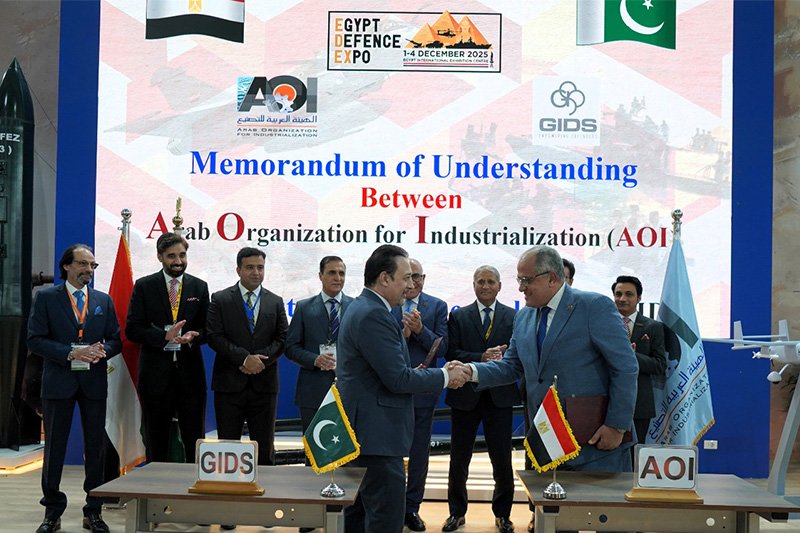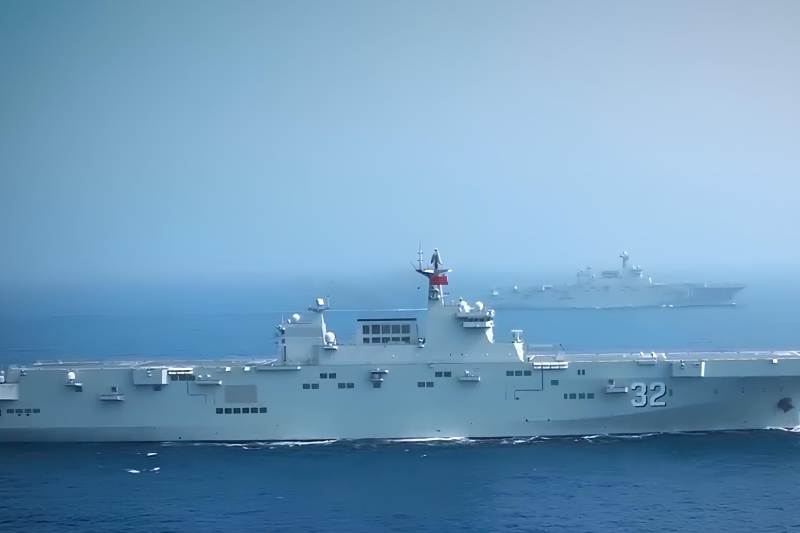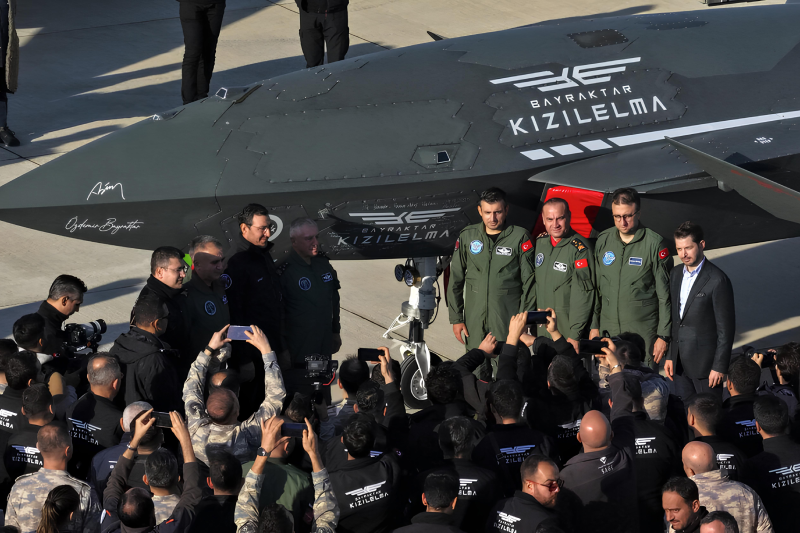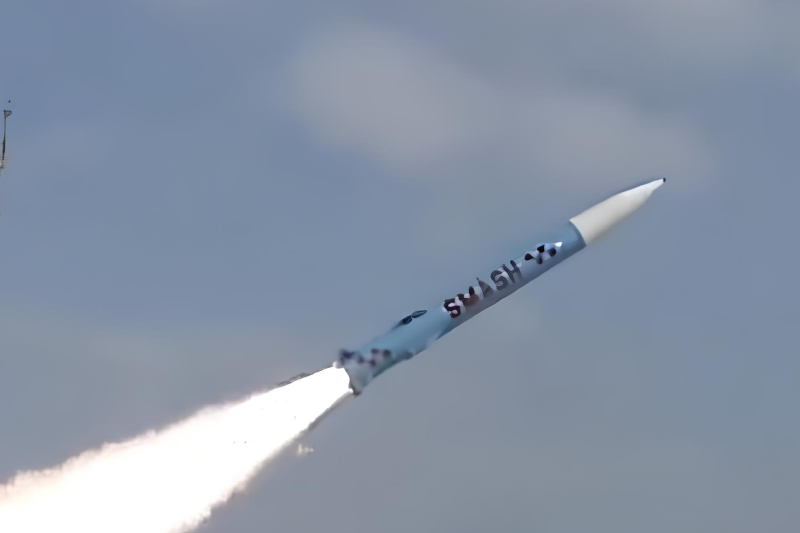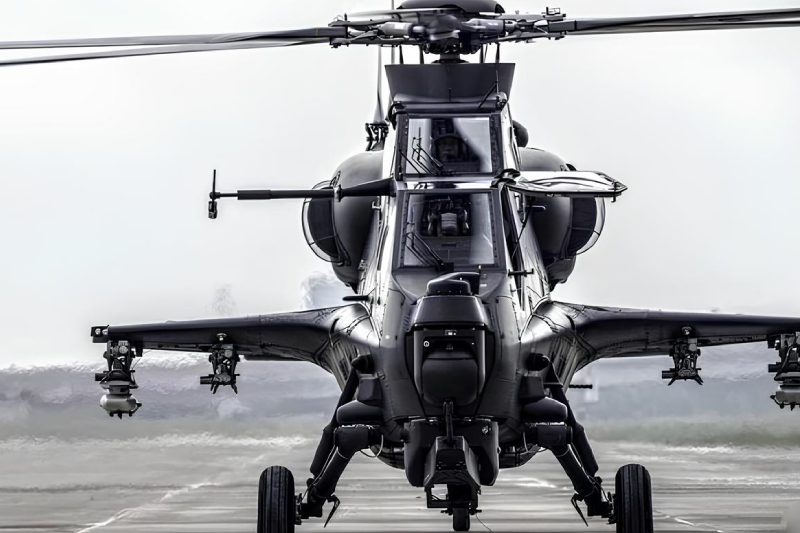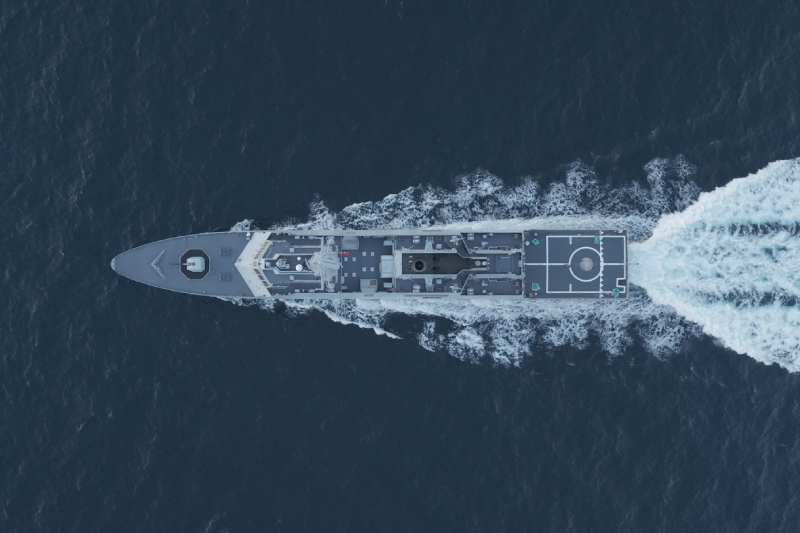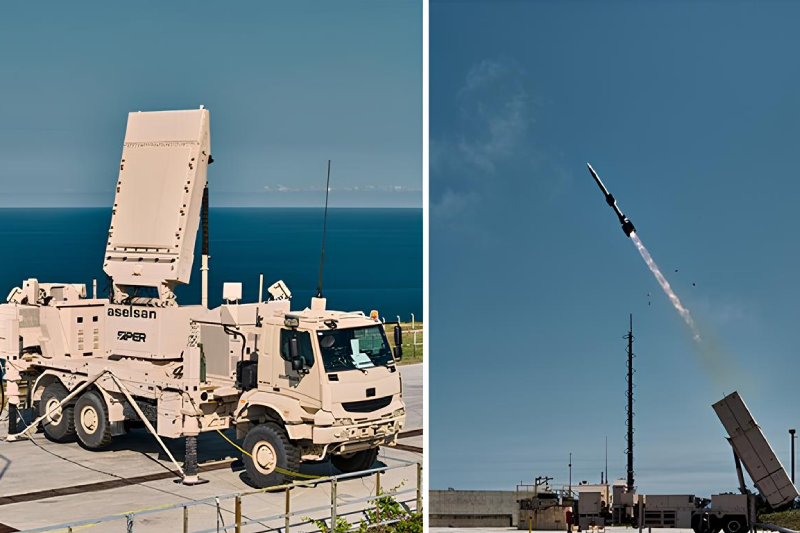Bangladesh Set to Acquire Turkiye’s Hisar-O+ and Siper Air Defence Systems
Turkiye is reportedly finalizing negotiations to supply Bangladesh with advanced Hisar-O+ air defense systems and Siper long-range surface-to-air missile systems, marking a transformative moment in South Asian defense dynamics. The proposed deal would provide Bangladesh with indigenous Turkish missile defense technology capable of creating multi-layered protection against diverse airborne threats. The Hisar-O+ air defense systems and Siper platforms represent Turkiye’s emergence as a significant arms supplier in the Indo-Pacific region while addressing Bangladesh’s long-standing requirements for modern, integrated air defense capabilities under its Forces Goal 2030 modernization program.
Strategic Defense Partnership Evolution
Turkiye and Bangladesh have cultivated expanding defense relations over the past decade through shared strategic interests, cultural affinity, and mutual goals of self-reliant defense modernization. Ankara’s emergence as a reliable supplier follows years of consistent engagement including training exchanges, industrial cooperation, and joint exploration of unmanned and missile technologies.
Bangladesh’s Forces Goal 2030 modernization plan emphasizes diversifying defense partnerships to reduce overreliance on Chinese and Russian systems while ensuring compatibility with Western equipment. Turkiye’s offering of Hisar-O+ and Siper systems aligns perfectly with these diversification objectives.
High-Level Defense Discussions
In October 2025, Bangladesh Air Force Chief Air Chief Marshal Hasan Mahmood Khan conducted a high-profile visit to Turkiye, touring Turkish Aerospace Industries, Aselsan, and Roketsan the key industrial players behind Turkiye’s missile defense ecosystem. During the visit, Khan discussed multiple acquisition programs including Baykar’s Bayraktar TB2 and Akinci drones alongside the Hisar and Siper systems.
These discussions signal Bangladesh’s broader intent to integrate layered air defense systems combining ground-based interceptors, UAV reconnaissance, and command integration under unified national networks. The comprehensive approach mirrors Turkiye’s own “Steel Dome” initiative integrating multi-tier defenses under common command structures.
Hisar-O+ Medium-Range Capabilities
The Hisar-O+ system represents the medium-range backbone of Turkiye’s indigenous air defense family, capable of neutralizing fast-moving aerial threats in complex battlefield conditions. Developed by Aselsan and Roketsan with research input from TÜBİTAK SAGE, the system employs both active radar homing and imaging infrared guidance ensuring high accuracy under all-weather conditions.
The vertical launch design allows 360-degree coverage with engagement ranges exceeding 25 kilometers and intercept altitudes up to 15 kilometers. Mobility is a core design principle with launchers mounted on 8×8 tactical truck chassis enabling rapid deployment across diverse terrains including Bangladesh’s floodplains, border regions, and coastal zones.
Complete Operational Ecosystem
Each Hisar-O+ battery includes 3D phased array search and track radar, fire control units, and command vehicles forming complete autonomous batteries capable of operating independently or networked into broader national grids. Turkiye’s Defence Industries Agency finalized a $1.5 billion contract for Hisar-O+ mass production in 2023, cementing operational maturity and export readiness.
Operational tests demonstrated successful intercepts against multiple target types including cruise missiles, UAVs, and fast jets, validating multi-threat engagement capabilities. For Bangladesh, Hisar-O+ will likely be deployed by the Army’s Air Defence Artillery providing point and area defense for strategic installations and critical infrastructure.
Siper Long-Range Strategic Defense
The Siper long-range system represents Turkiye’s domestically developed answer to Patriot and S-400 systems, providing high-altitude, extended-range interception against aircraft, drones, and tactical ballistic missiles. Developed collaboratively by Aselsan, Roketsan, and TÜBİTAK SAGE, the Siper system began entering Turkish service in 2024 after successful live-fire testing.
The engagement envelope exceeds 100 kilometers in range and 20 kilometers in altitude, positioning it among the most capable non-Western long-range SAMs available on export markets. The missile employs advanced dual-pulse solid rocket motors ensuring sustained acceleration during mid-course flight and improved terminal maneuverability.
Advanced Seeker Technology
Siper’s seeker suite includes active radar homing and imaging infrared modules providing redundancy and improved resistance against electronic countermeasures. Each battery integrates multi-function phased array radars, command and control centers, and multiple vertical launchers capable of firing various missile variants including future extended-range and ballistic defense versions under development.
Bangladesh Air Force planners view Siper as the cornerstone of a national “strategic shield” intended to complement shorter-range assets like the FM-90 and Hisar-O+. Together, these systems would form Bangladesh’s first-ever integrated, multi-layered air defense network capable of detecting and intercepting modern threats at multiple altitudes and ranges.
Turnkey System Integration
Bangladesh is particularly interested in Turkiye’s “turnkey” approach offering complete operational ecosystems that include radars, communication links, and command posts rather than isolated platforms. This comprehensive model ensures seamless integration while reducing complexity associated with combining disparate systems from multiple suppliers.
Turkish engineers have offered modular integration options allowing Siper batteries to operate either autonomously or through Bangladesh’s national radar grid, potentially linked to Chinese, Swiss, or locally developed sensors. This flexibility proves essential for integrating new capabilities with existing infrastructure.
Delivery Timeline Projections
While final delivery schedules remain undisclosed, sources close to discussions suggest first Hisar-O+ batteries could arrive as early as late 2026, followed by Siper systems for Bangladesh’s Air Force by 2027 or 2028. The phased delivery approach enables gradual capability buildup while allowing personnel training and infrastructure preparation.
The deal reportedly includes not only missile systems but also radar, command and control infrastructure, plus training and maintenance packages essential for long-term operational sustainability. This comprehensive approach ensures Bangladesh can effectively employ and sustain systems throughout their operational lifecycles.
Regional Strategic Implications
The implications of this acquisition extend beyond technical domains, potentially reshaping South Asia’s air defense balance traditionally dominated by India’s Russian-supplied S-400 Triumf systems. While Bangladesh’s purchase would not match S-400 reach, it represents credible deterrent capability that complicates regional air planning particularly near sensitive border zones.
For India, which maintains strategic watch over the Bay of Bengal and eastern frontier, Bangladesh’s acquisition of Turkish air defense technology may raise concerns about reduced air superiority in its eastern theatre. For Myanmar, which has recently upgraded air defenses with Chinese and Russian systems, Turkish systems in Bangladesh may compel new modernization rounds.
Also read this: Turkiye’s Delivers New Batch Of FPV Drones to Kosovo
Technology Transfer Potential
One of the most consequential aspects could be industrial cooperation dimensions. Turkiye has indicated willingness to provide limited technology transfer and co-production opportunities to partner nations, particularly those with emerging defense industries. Bangladesh’s nascent defense manufacturing ecosystem could greatly benefit from such cooperation.
Joint assembly or component production agreements for Hisar or Siper systems could seed foundations for new generations of local engineers and technicians. Defense observers suggest Dhaka may seek partial local assembly of launchers or radar subsystems coupled with training programs hosted by Turkish defense companies.
ITAR-Free Strategic Flexibility
Turkiye’s ITAR-free systems provide Bangladesh flexibility from Western export restrictions and sanctions risks that often complicate arms purchases from the United States or Europe. This independence proves particularly valuable for developing nations seeking capability without political constraints or dependency vulnerabilities.
Ankara’s growing reputation as reliable defense partner allows Bangladesh to access cutting-edge systems at competitive prices, a decisive factor for developing nations seeking value without sacrificing capability. This cooperation reinforces Turkiye’s strategic ambition to establish a “defense corridor” connecting the Middle East, South Asia, and Southeast Asia.
Keep connected with us at Facebook, Twitter, YouTube, Instagram & TikTok for latest defense happening around the globe.
Discover more from International Defence Analysis
Subscribe to get the latest posts sent to your email.


